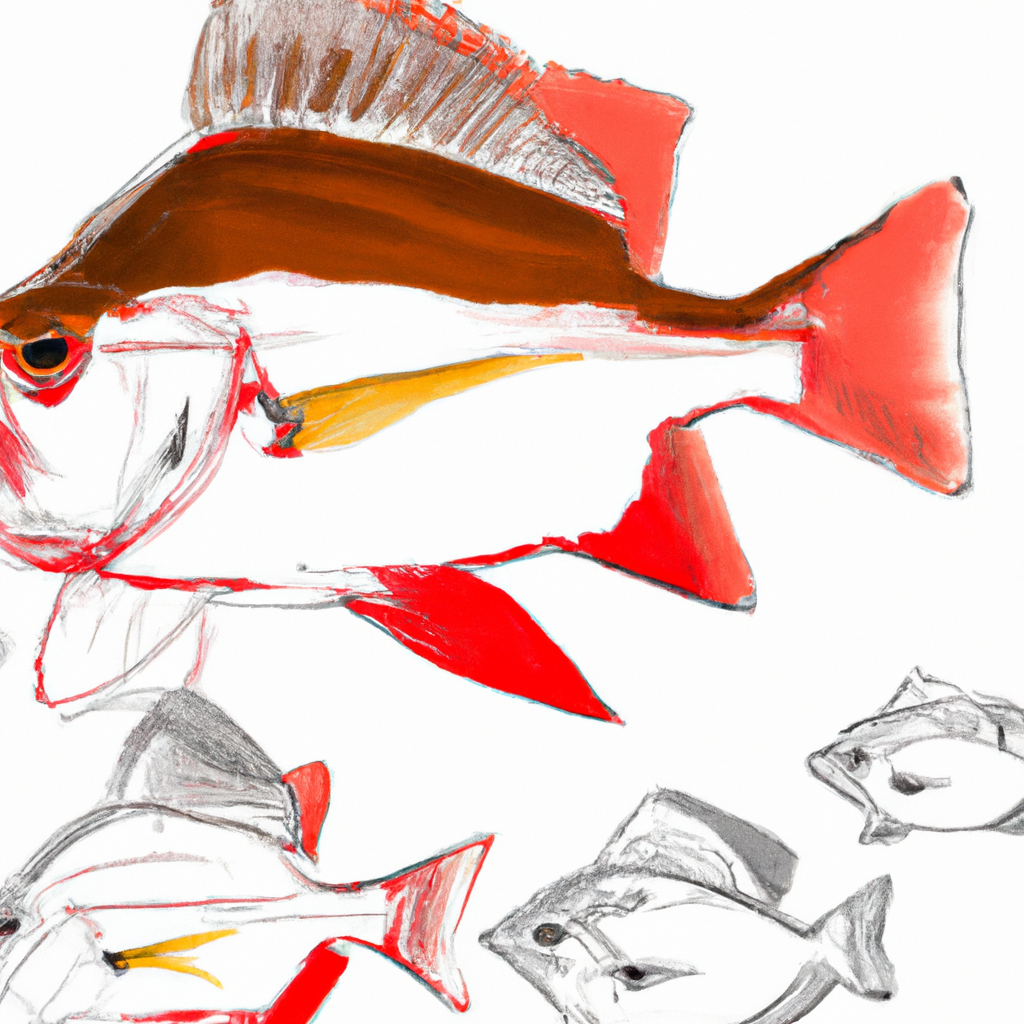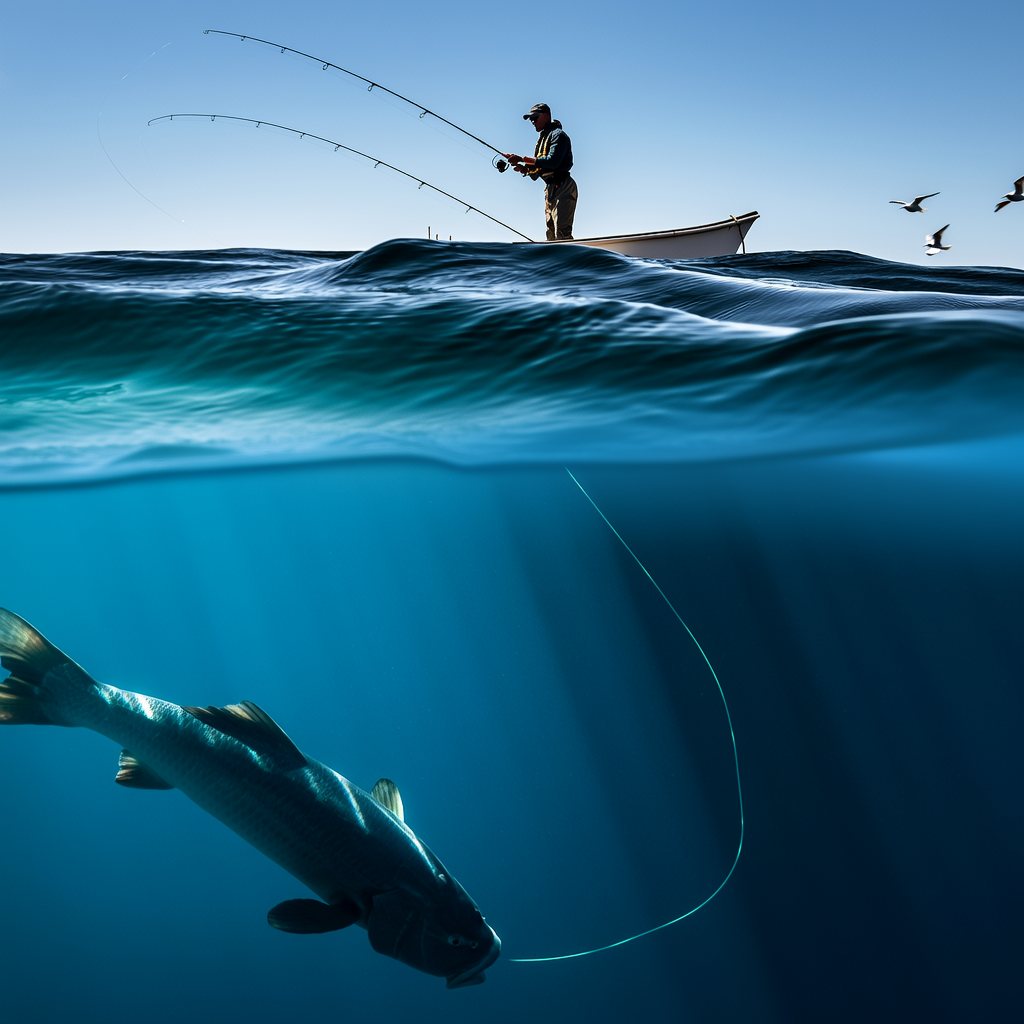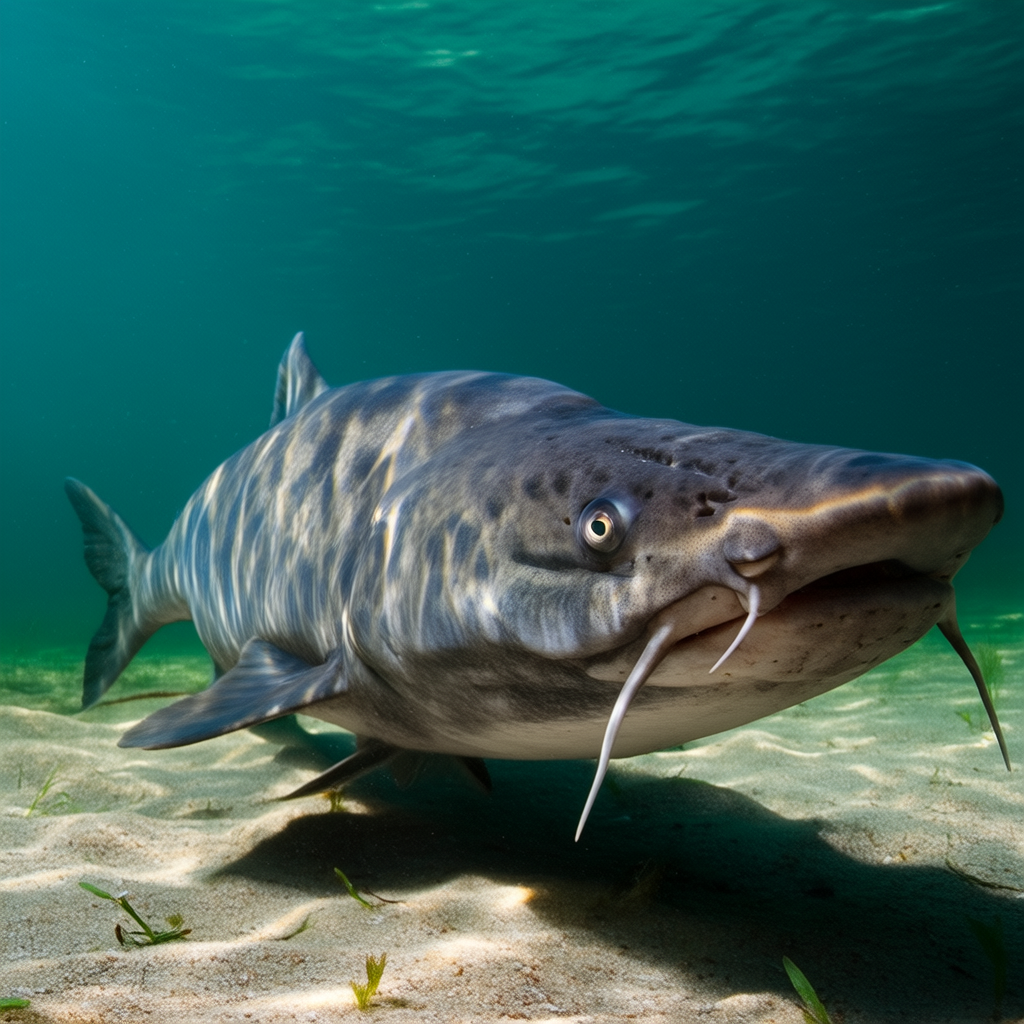Red drum is a popular fish for fishing enthusiasts due to the thrill of hooking one. This trophy fish, also known by redfish or channel bass is up to 60 pounds. This versatile fish can be caught using a variety of techniques and is common along North America’s Atlantic coast or Gulf of Mexico. This article will provide all the information you need about fishing red drum.
Basic Information
The red drum, scientifically called Sciaenops. ocellatus, is distinguished by its distinctive coppery-red coloration. It is a slow-growing species and can live up to 50 year. It can grow to a maximum length 5 feet. It lives in estuaries, bays and tidal streams, where it eats crustaceans, small-mollusks and baitfish. Red drum are best caught in the fall and winter months.
Fishing red drum
Red drum fishing can be a thrilling experience. Fishing for this species requires a variety of techniques. Anglers have different methods and require specific gear and tactics. Here are some of the most popular methods for fishing red drum:
1. Bait Fishing
Bait fishing is the best way to catch red drum. It involves using either live or cut bait. You can attract red drum by using shrimp or crab pinned to a hook. To avoid tangling with other species, it is important to use the correct tackle and rig when you are bait fishing for reddrum.
2. Casting lures
Casting lures is another popular method to catch red drum in shallow waters. You can use a variety of lures to catch red drum in shallow water, including soft plastics and topwater plugs. It is important to know the location of the fish and what lure to use to lure them.
3. Fly Fishing
Fly fishing for red drums is an exciting and challenging method that uses light tackle, flies and a fly rod. This technique is best used in shallow waters and requires skillful casting and presentation of the fly.
Where can I find red drum?
Red drum can be found on the Atlantic coast, from Massachusetts to Florida, as well as in the Gulf of Mexico. Red drum prefers shallow waters with sandy bottoms and is often found in estuaries, bays and tidal streams.
Red Drum Fishing Equipment
Red drum fishing requires specific gear and equipment.
1. Rod and Reel
A rod with a medium-heavy power rating, a fast action and a medium-to-medium-heavy power rating are required. Red drum can be caught with a 7-foot spinning rod or baitcasting rod and a suitable reel.
2. Line and Leader
A braided line is the best line to catch red drum. It should have a test rating of between 20-30 pounds. Ideal is also a monofilament leader or fluorocarbon leader with an ideal test rating between 20-30 pounds.
3. Hooks
Red drum have bony mouths so it is important to use sharp hooks to catch them. This species is best served by circle hooks that are between 3/0 and 6/0 in size.
4. Bait and lure
Red drum fishing can be done with a variety of lures and baits.
Tips for catching the red drum
Here are some tips to increase your chances of catching the red drum.
1. Find out the habitat in which they are located
Red drum prefer shallow water with sandy bottoms. Tidal creeks and estuaries are ideal habitats. Knowing their habitat will increase your chances of catching them.
2. Use the right tactics and gear
Red drum can be caught using different techniques and gear. You can increase your chances of success by using the right equipment and lures.
3. Find the best time to fish
Red drums are most active in the cooler months of autumn and winter. They are most active in the morning and late afternoon.
4. Stay alert
Red drum are known for being stealthy fish and can detect any movement quickly. Red drum are stealthy fish that can quickly detect any movement. It is therefore important to stay still and alert while fishing for them.
Caution when handling red drum
Red drum are protected species in certain states. It is important to release red drum when they are alive. The minimum size and bag limits for fish that can be harvested must be met. Red drum must be handled with care
1. Be gentle
Red drum should be handled gently and without squeezing.
2. Use wet hands
Red drums should be handled with wet hands and gloves to prevent the protective slime layer from being removed.
3. They should be released quickly
Red drum should be released quickly to reduce stress and to minimize damage to the fish.
Conclusion
Red drum is a trophy fish that requires special techniques, gear, tactics, and strategies to catch. You can increase your chances to catch this rare species if you use the right techniques. Red drum can be endangered if you don’t take proper precautions. We hope you found our comprehensive guide useful in guiding you to fishing red drum.




